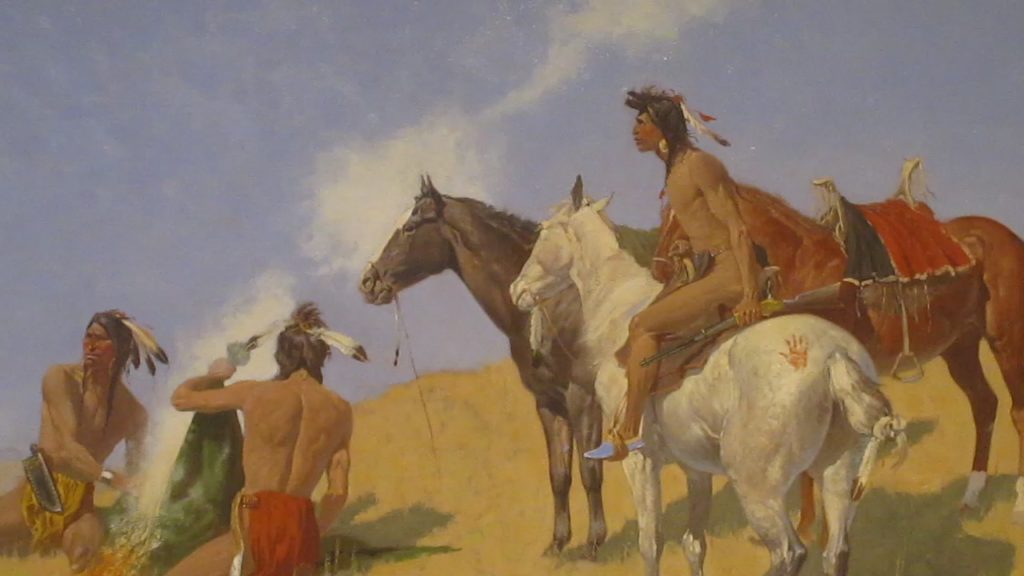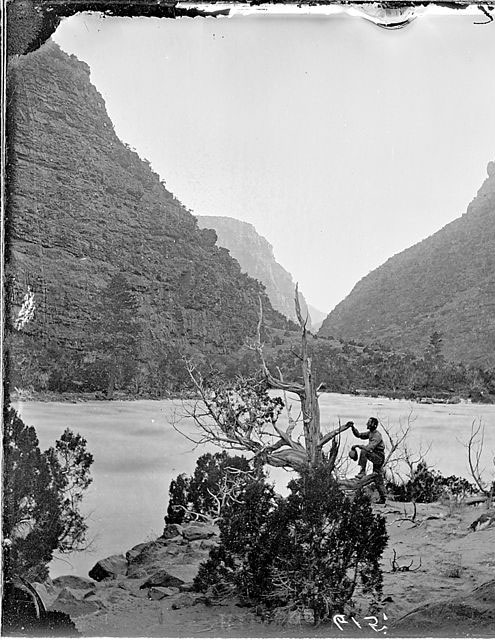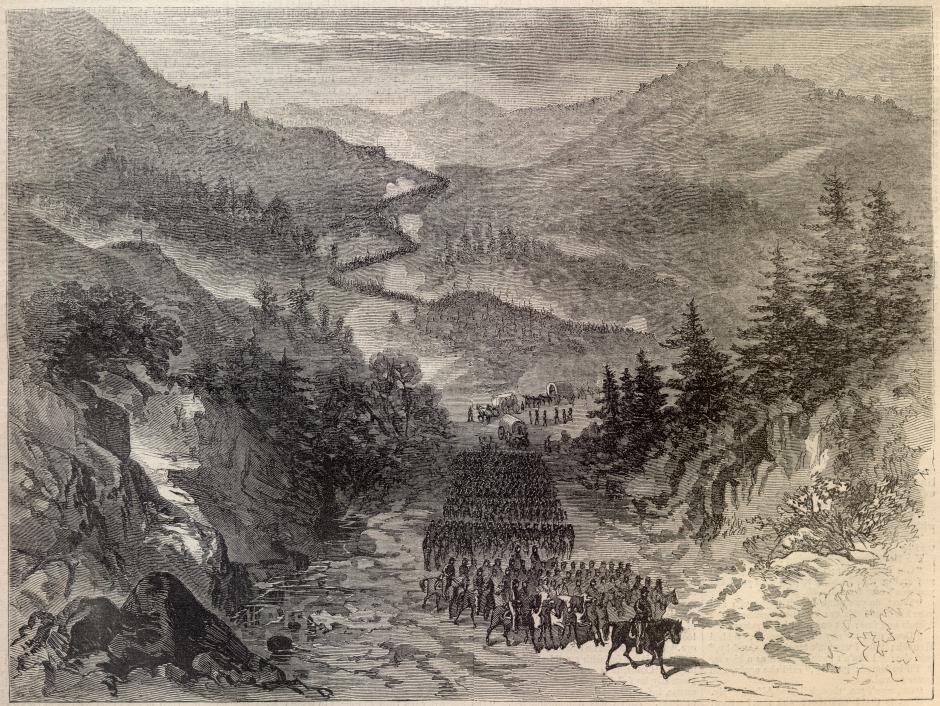
Without modern forms of communication, a system of signals would take on great importance. In ages past, there were common signals that were in use but with the passage of time they have been forgotten or have been sidelined. The subject of signaling in the wilderness has been referenced before on this blog but this detailed account of the use of signals was interesting. I found these in “The Book of Woodcraft and Indian Lore” by Ernest Thompson Seton, 1912. Growing up in Tennessee, I had heard of the signal used by Indians where tree branches were broken and turned to mark a path but the rest of the signals in this collection were new to me.


